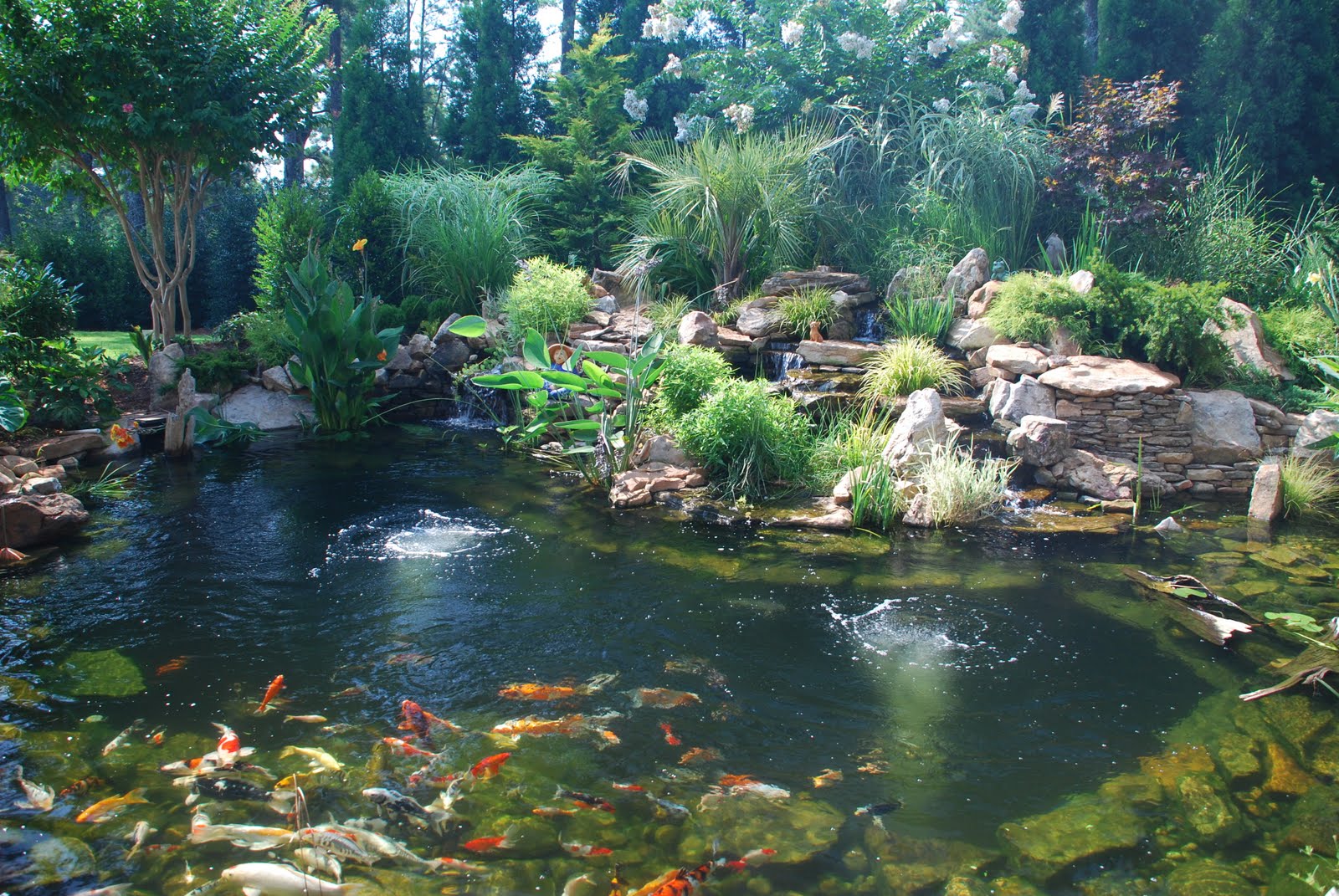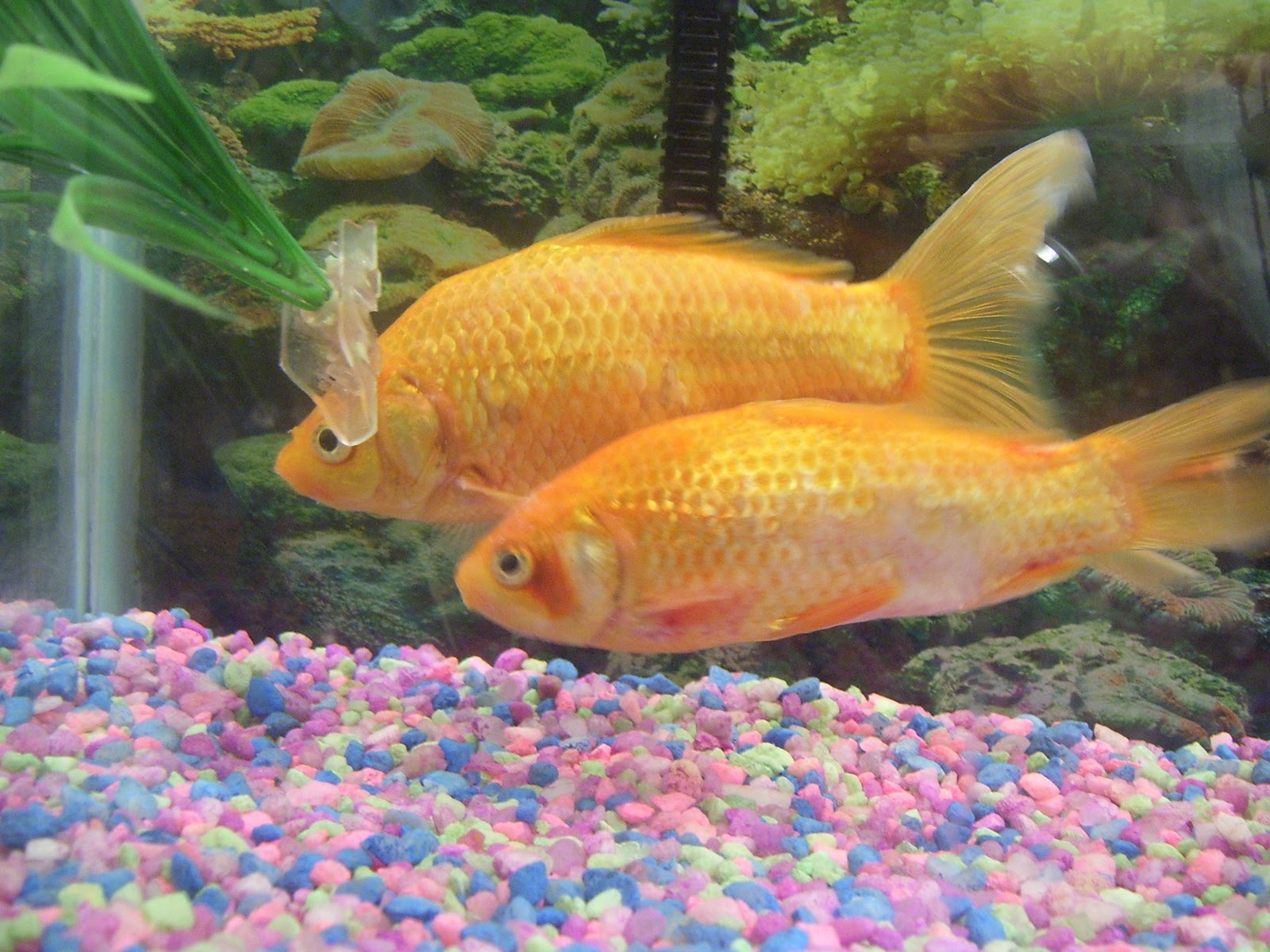The Ultimate Guide to Koi Pond Turnover Rate: What it is and How to Optimize it
Introduction
If you are a koi pond owner, then you know how important it is to maintain the water quality of your pond. The water quality affects the health and well-being of your koi fish. One of the critical factors that determine water quality is the pond turnover rate. In this article, we will explore what the koi pond turnover rate is and how to optimize it for the health of your koi fish.
What is Koi Pond Turnover Rate?
The koi pond turnover rate is the amount of time it takes for the entire volume of water in the pond to circulate through the pond’s filtration system. The ideal turnover rate for a koi pond is at least once every two hours or ten times per day. However, this may vary depending on the size of your pond and the number of koi fish you have.
Why is Koi Pond Turnover Rate Important?
The koi pond turnover rate is essential because it ensures that the water in the pond stays clean and healthy for your koi fish. The water quality affects the health of your koi fish, and poor water quality can cause a range of health problems such as bacterial infections, parasites, and fungal diseases.
How to Optimize Koi Pond Turnover Rate?
1. Install an Appropriate Filtration System
To optimize the koi pond turnover rate, you need to have an appropriate filtration system that can handle the volume of water in your pond. There are three main types of filtration systems that you can choose from: mechanical, biological, and chemical filtration systems. Mechanical filtration systems remove debris from the pond, biological filtration systems remove harmful bacteria and other microorganisms, while chemical filtration systems remove dissolved toxins and pollutants.
2. Use Efficient Water Pumps
Using efficient water pumps can help optimize the koi pond turnover rate. The water pump should have a flow rate that is suitable for the size of your pond and filtration system. A higher flow rate does not necessarily mean a better turnover rate since it can cause too much disturbance in the water, which can stress out the fish. On the other hand, a low flow rate can make the filtration system less effective.
3. Monitor Water Quality Regularly
Monitoring the water quality regularly can help you determine whether the koi pond turnover rate is optimal for your pond. Check the pH, ammonia, nitrite, and nitrate levels in the water regularly to ensure that they are within the acceptable levels for koi fish. If the water quality is not within the acceptable levels, adjust your filtration system or water pump accordingly.
Conclusion
In conclusion, the koi pond turnover rate is a crucial factor in maintaining the water quality of your pond and ensuring the health of your koi fish. To optimize the koi pond turnover rate, install an appropriate filtration system, use efficient water pumps, and monitor the water quality regularly. With these measures in place, your koi fish will have a clean and healthy environment to thrive in.






